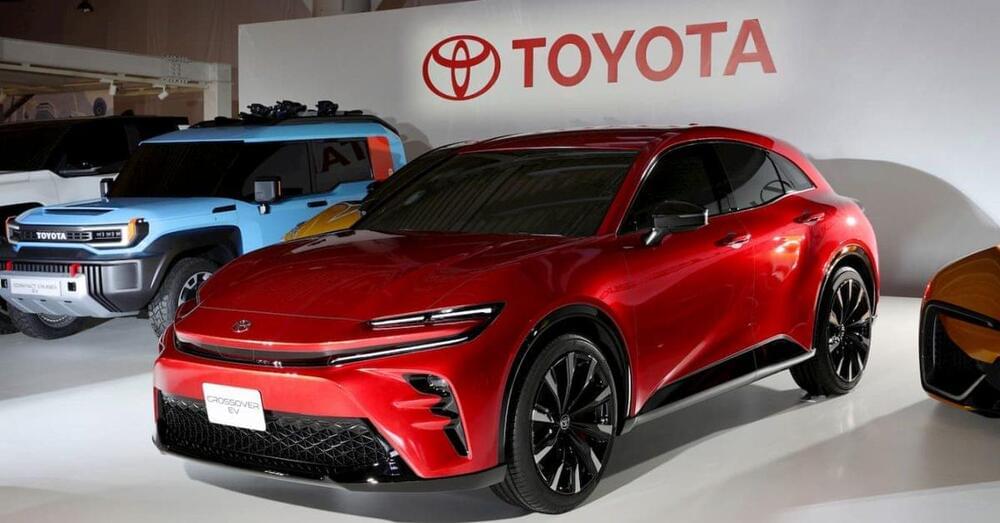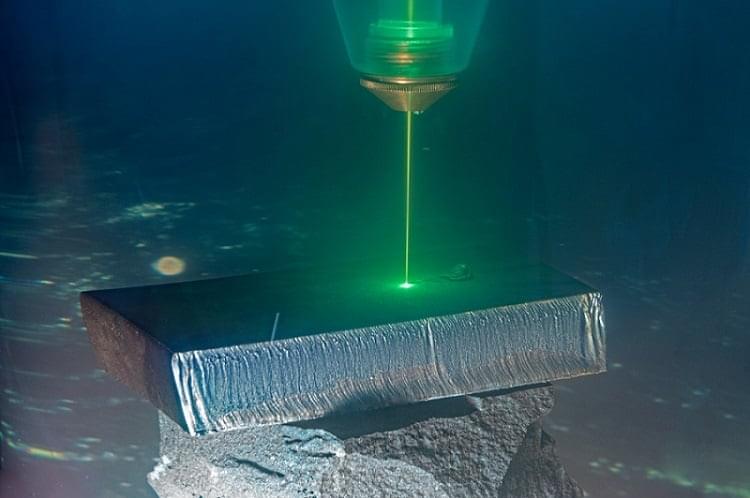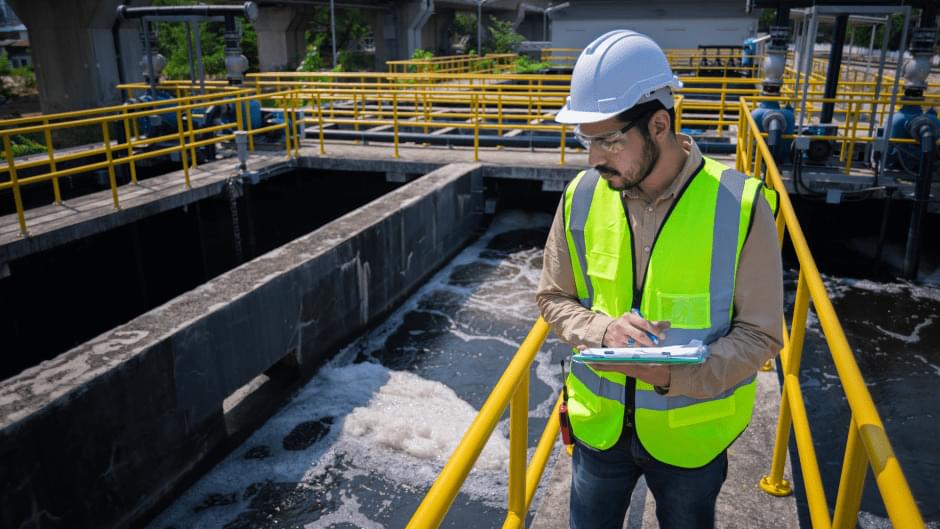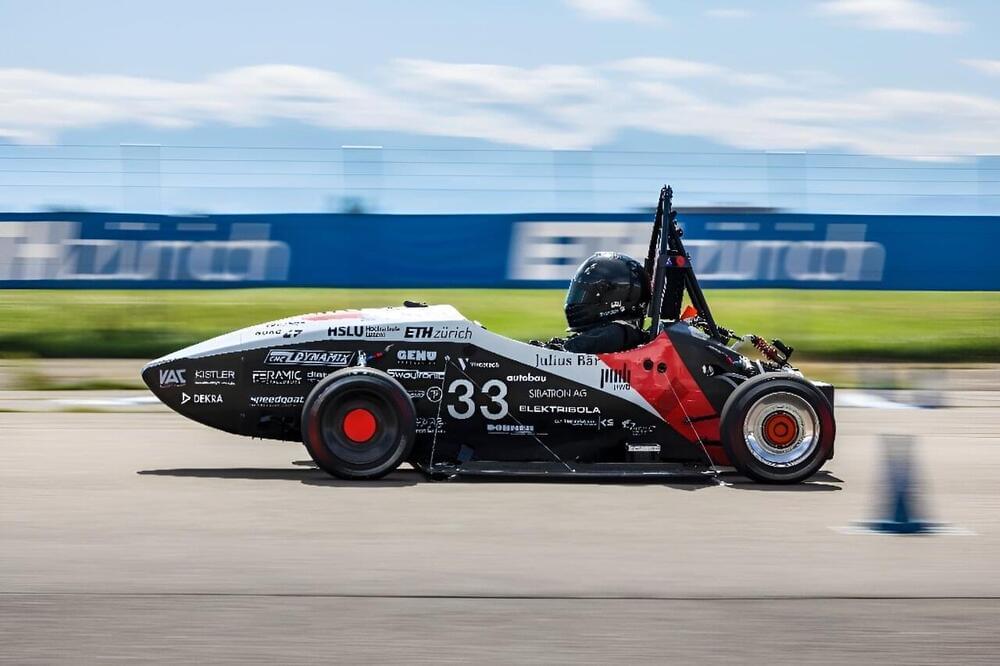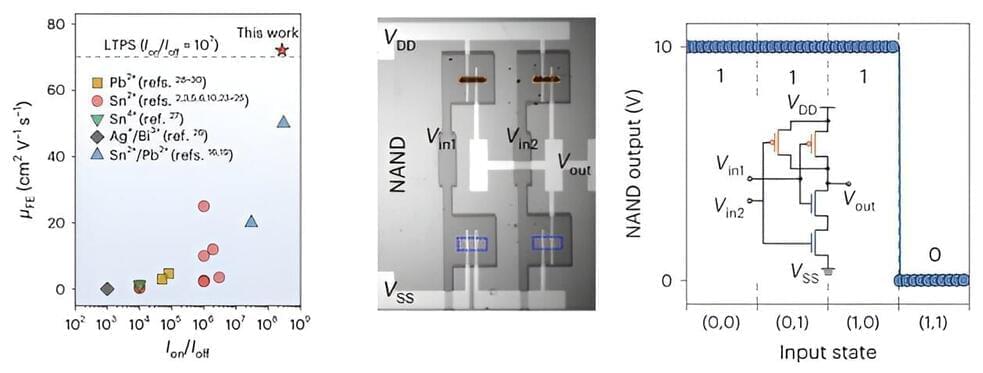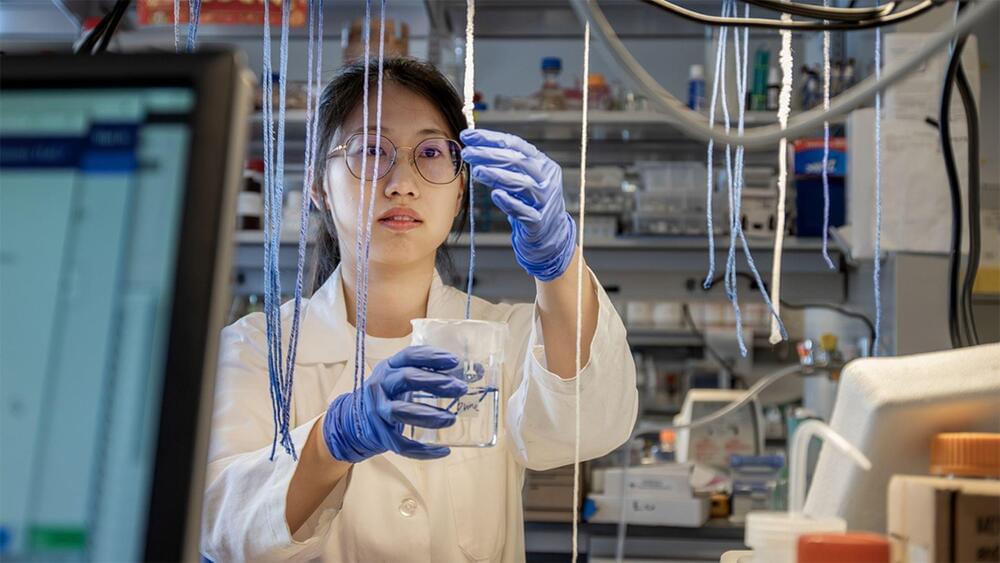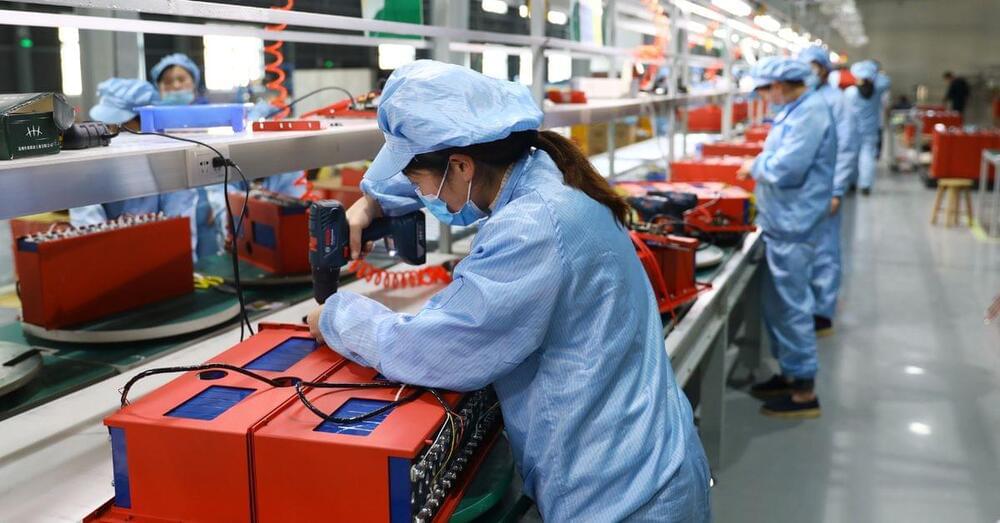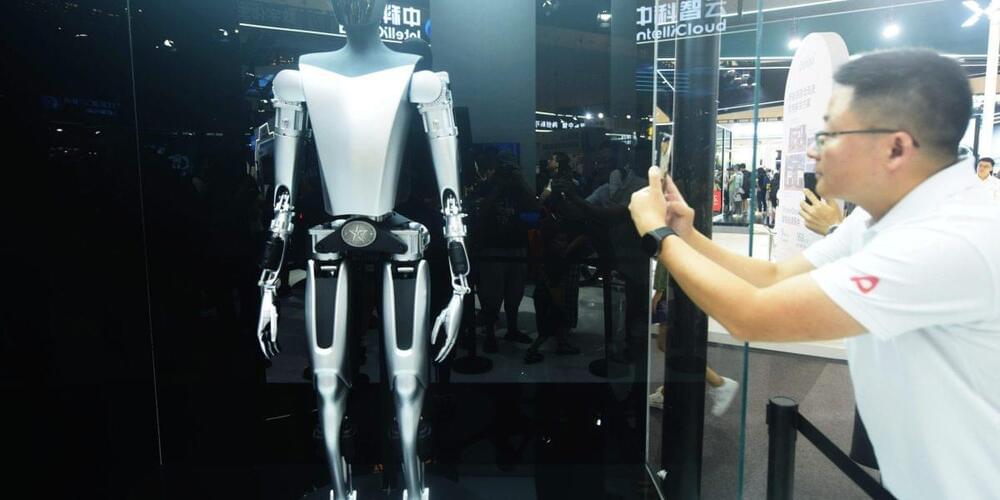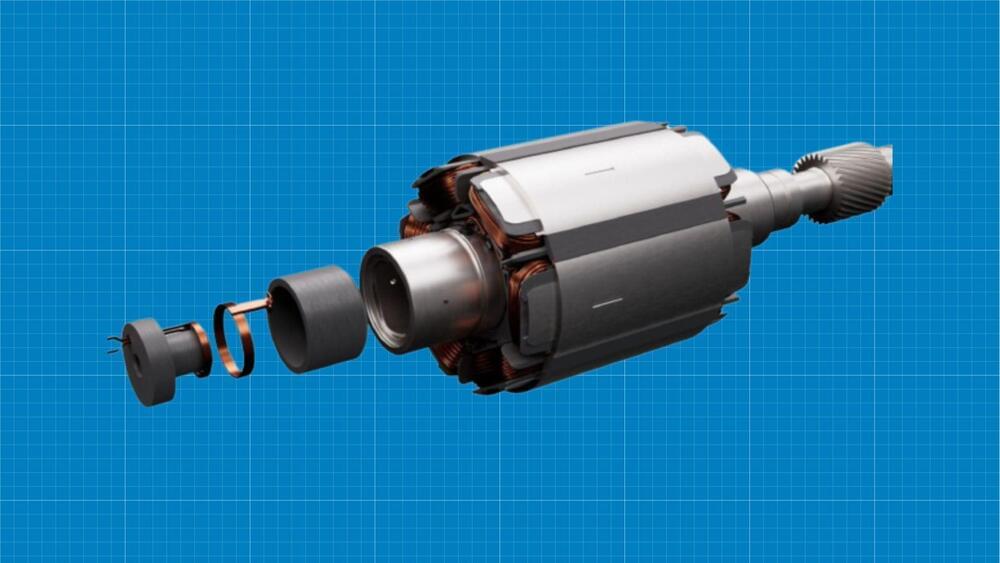At the recent launch of its new BEV factory, Toyota vowed its next-generation electric vehicles will deliver longer range and faster charging at a lower price. The Japanese automaker now says its new EVs, due out in 2026, will feature nearly 500 miles of range.
At a technical briefing in June, Toyota revealed several new innovations, including advanced battery plans, improvements in aerodynamics, and manufacturing upgrades as it looks to boost EV sales with its next-gen electric models.
The company shared at the launch of its BEV factory, which is not an actual plant but rather “an organization dedicated to battery EVs,” that production of Toyota’s new EVs will begin in 2026.
